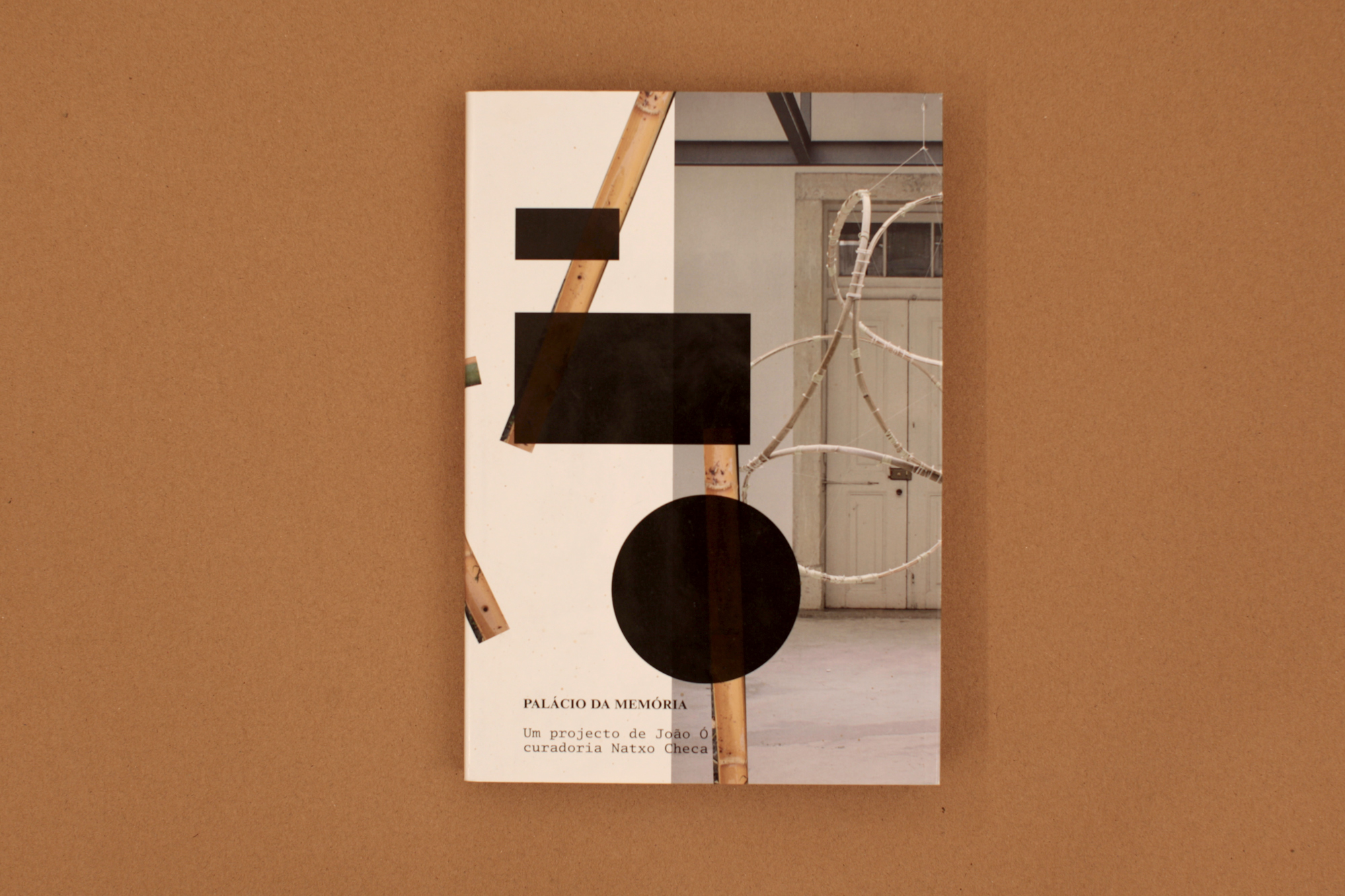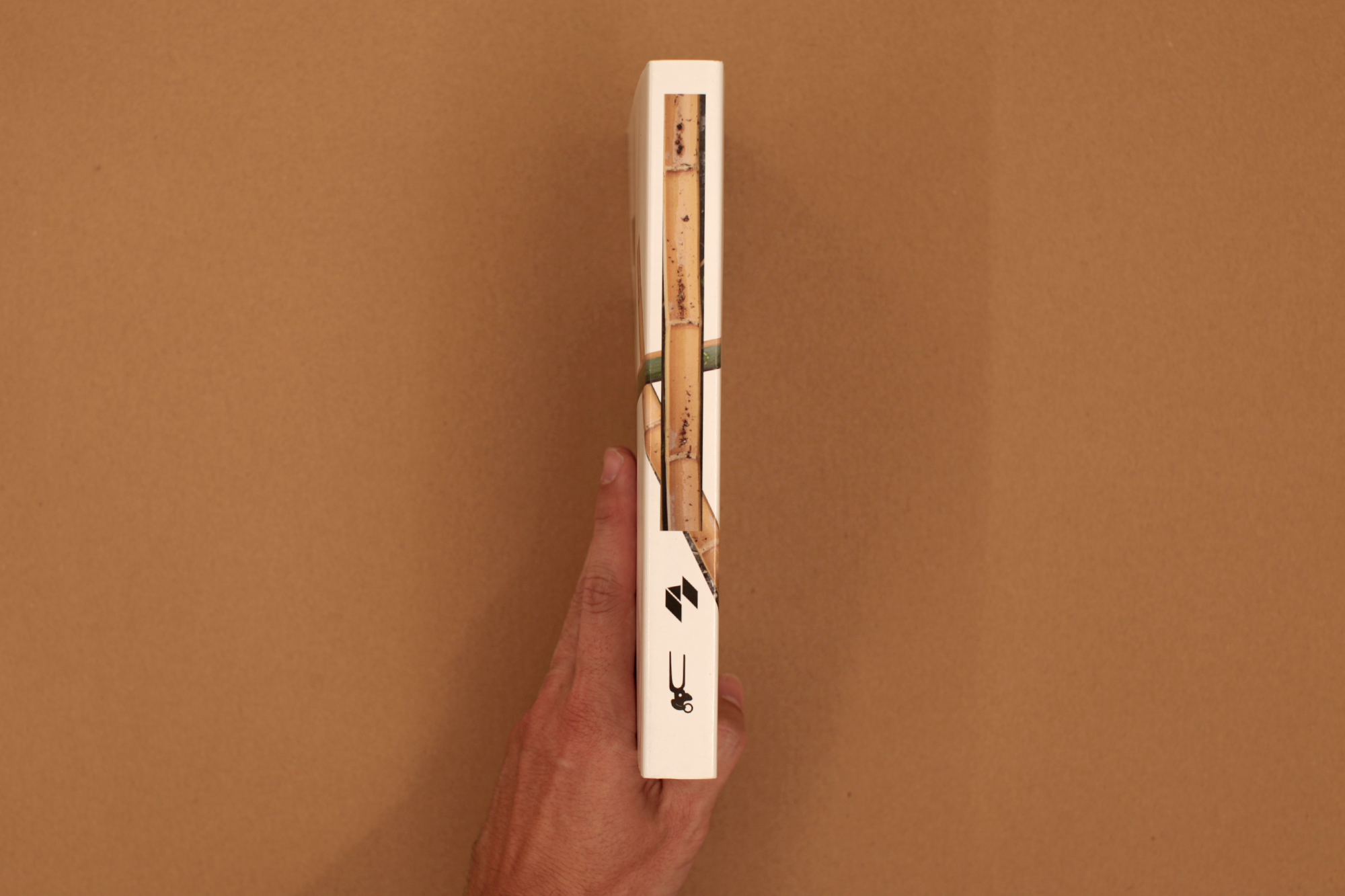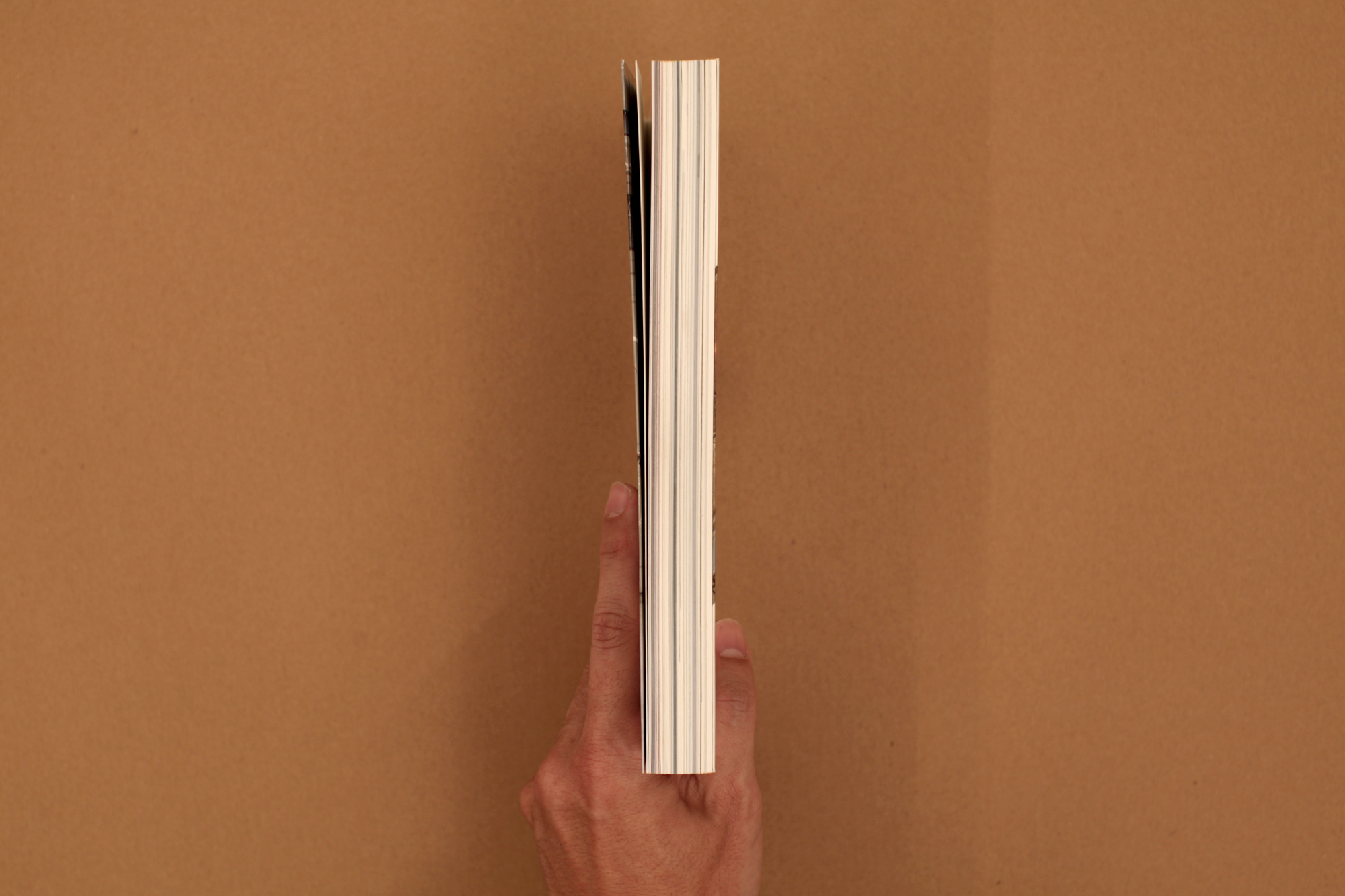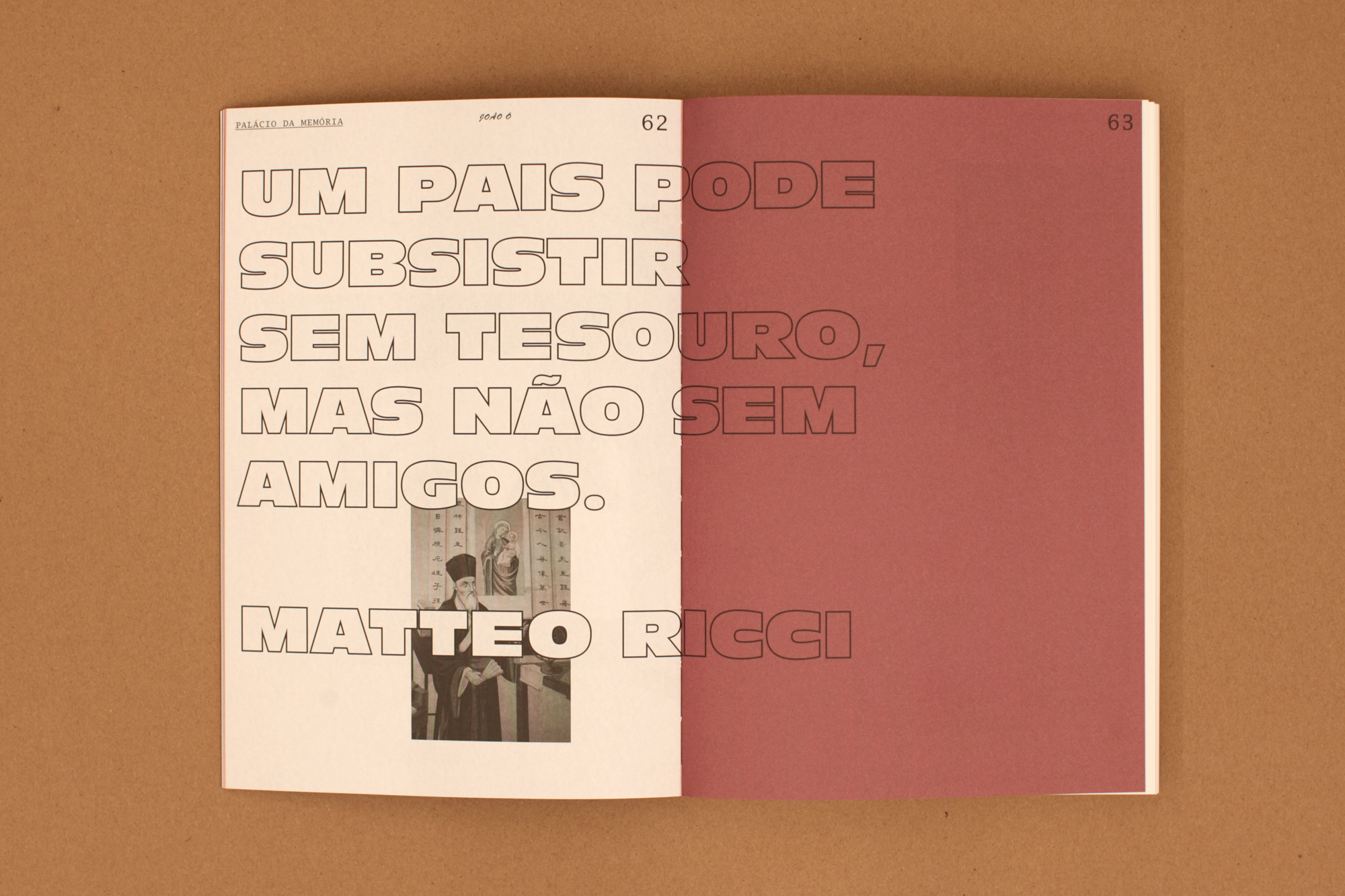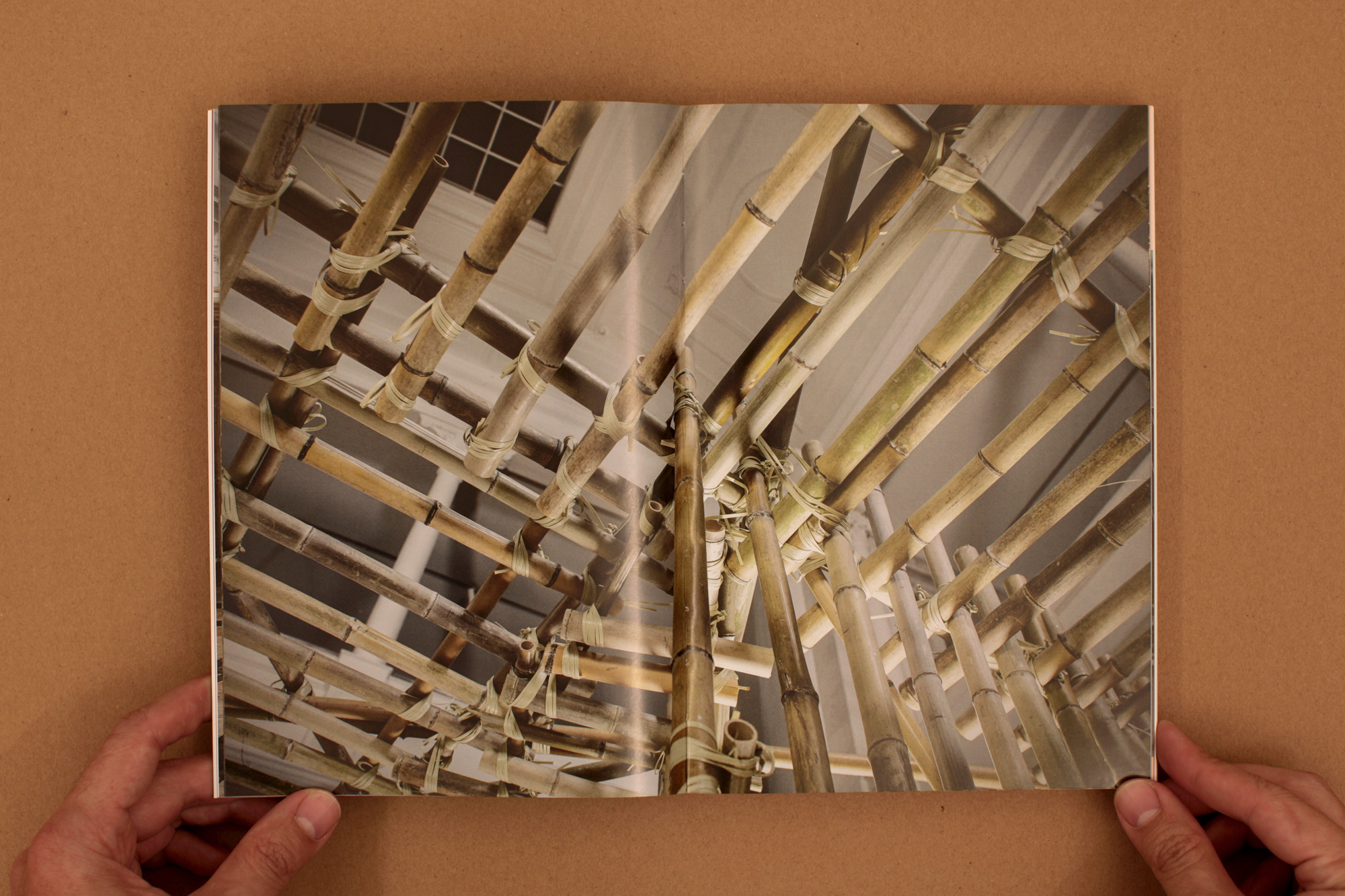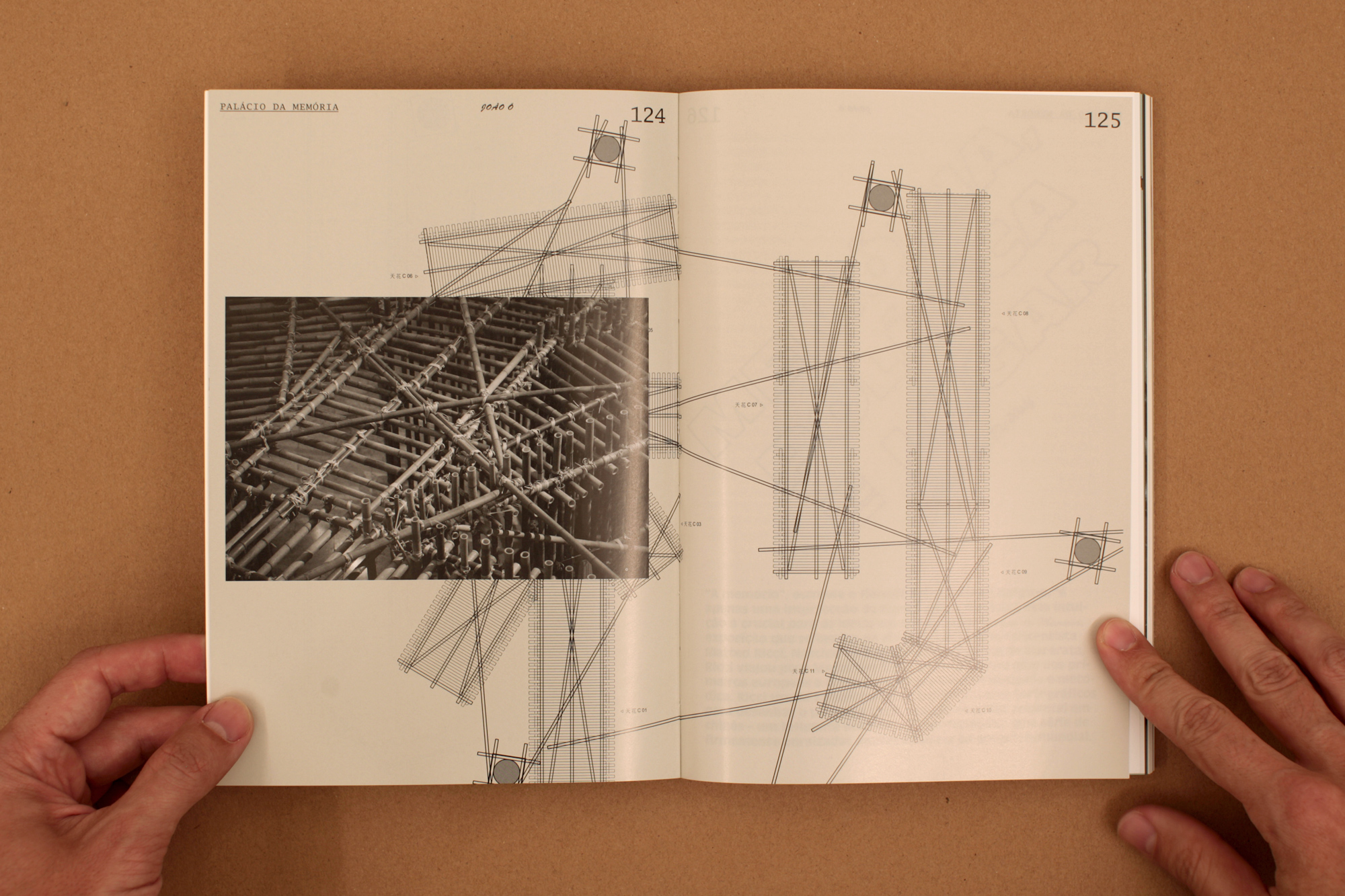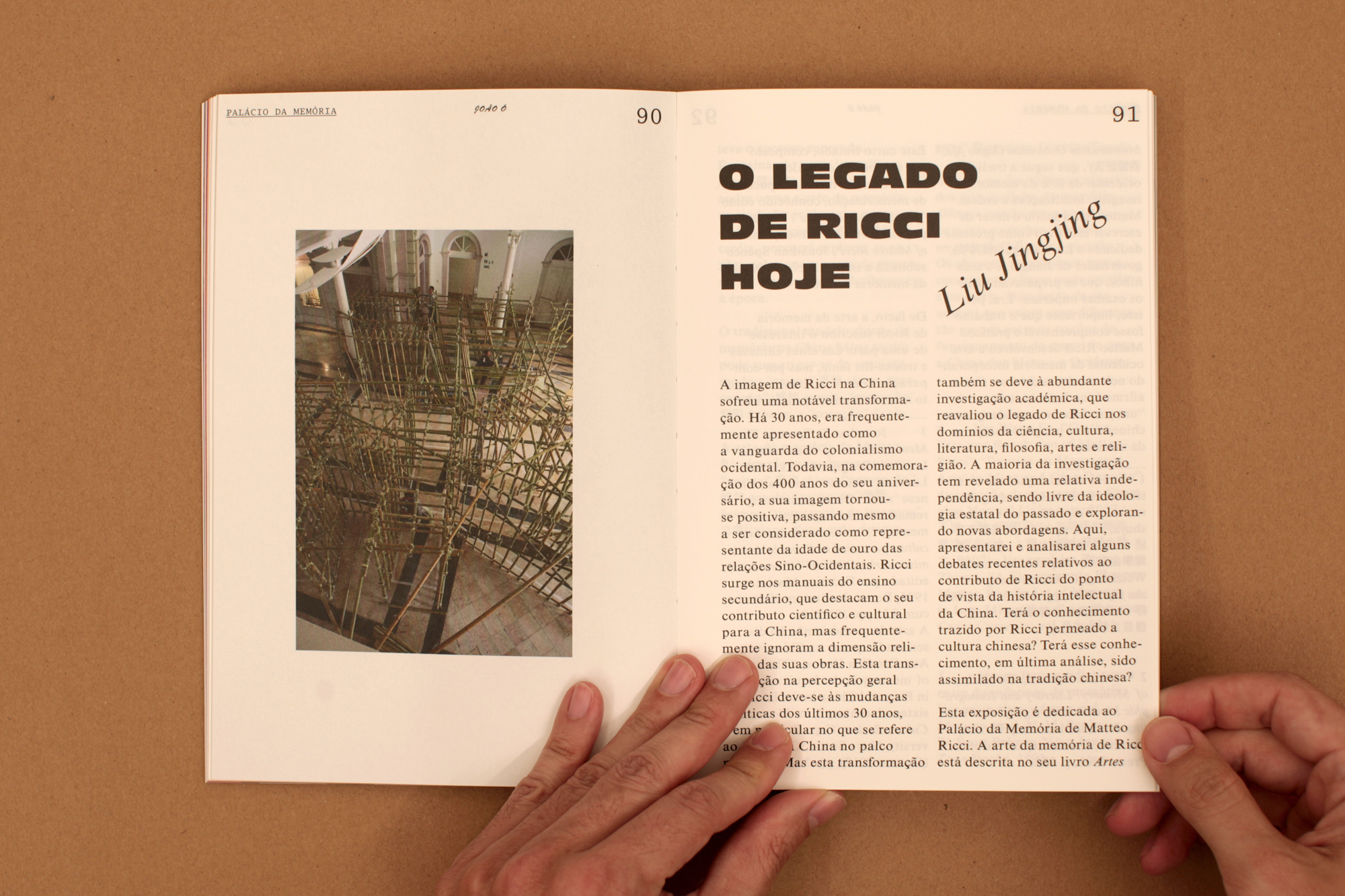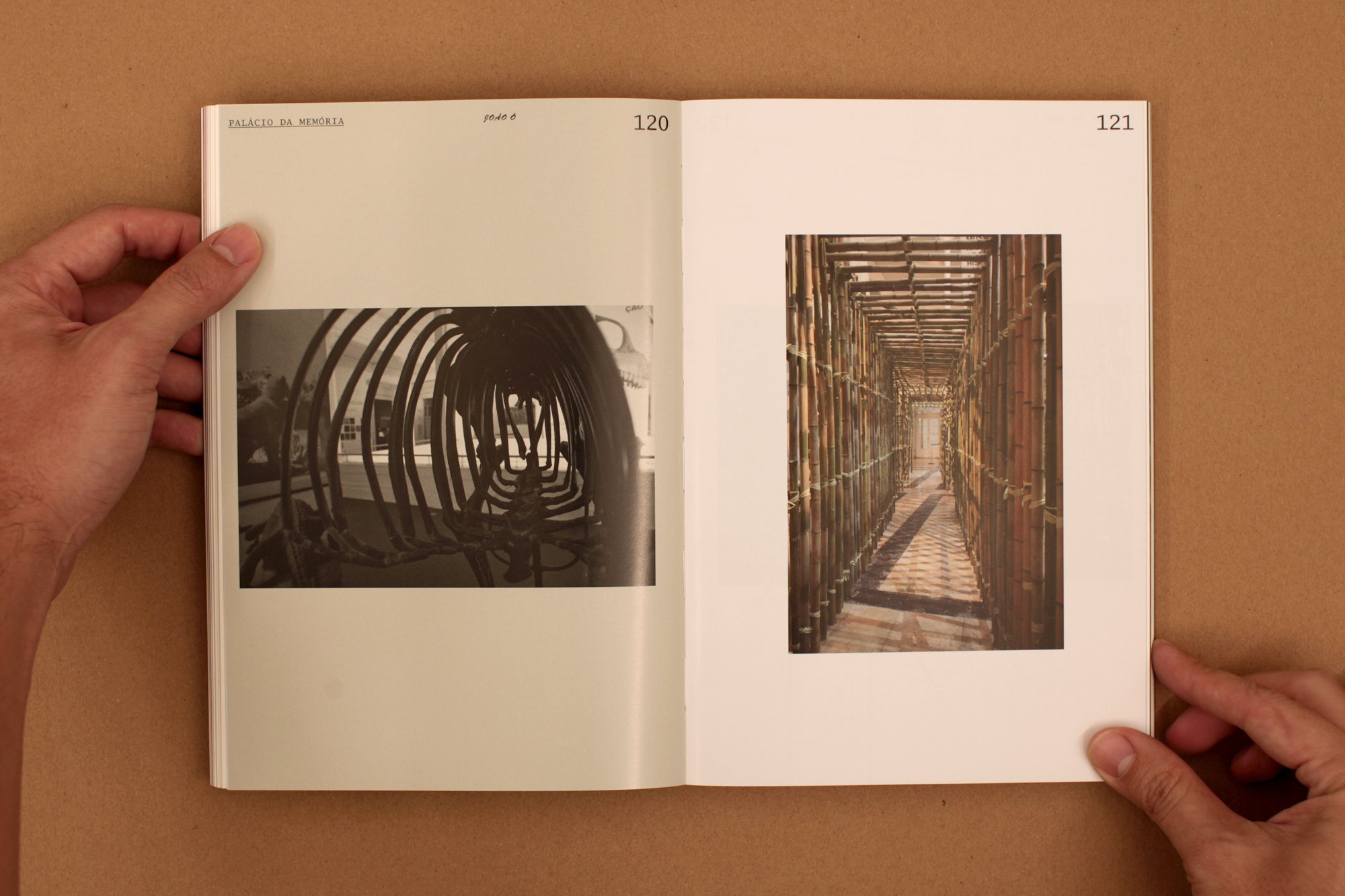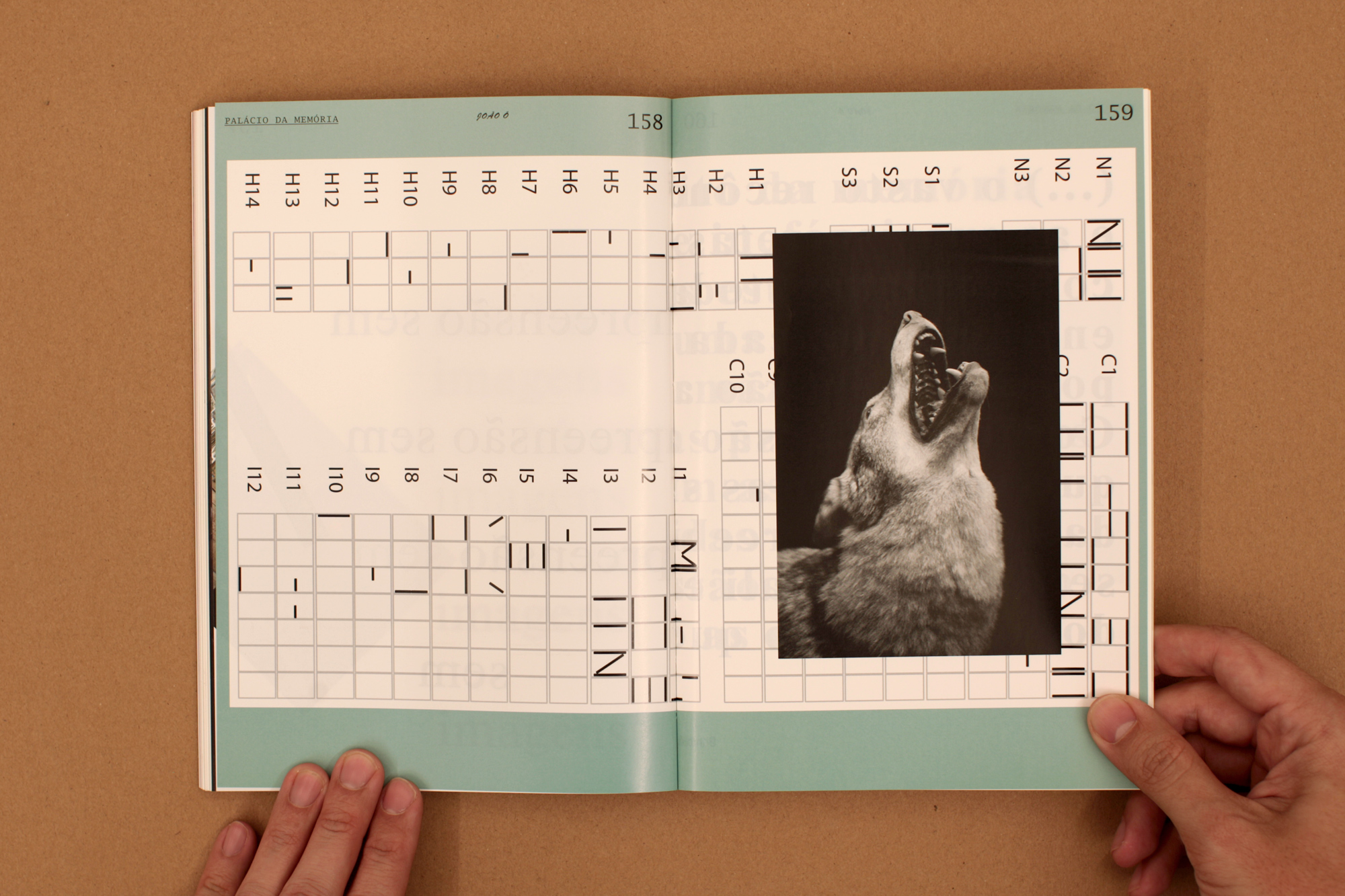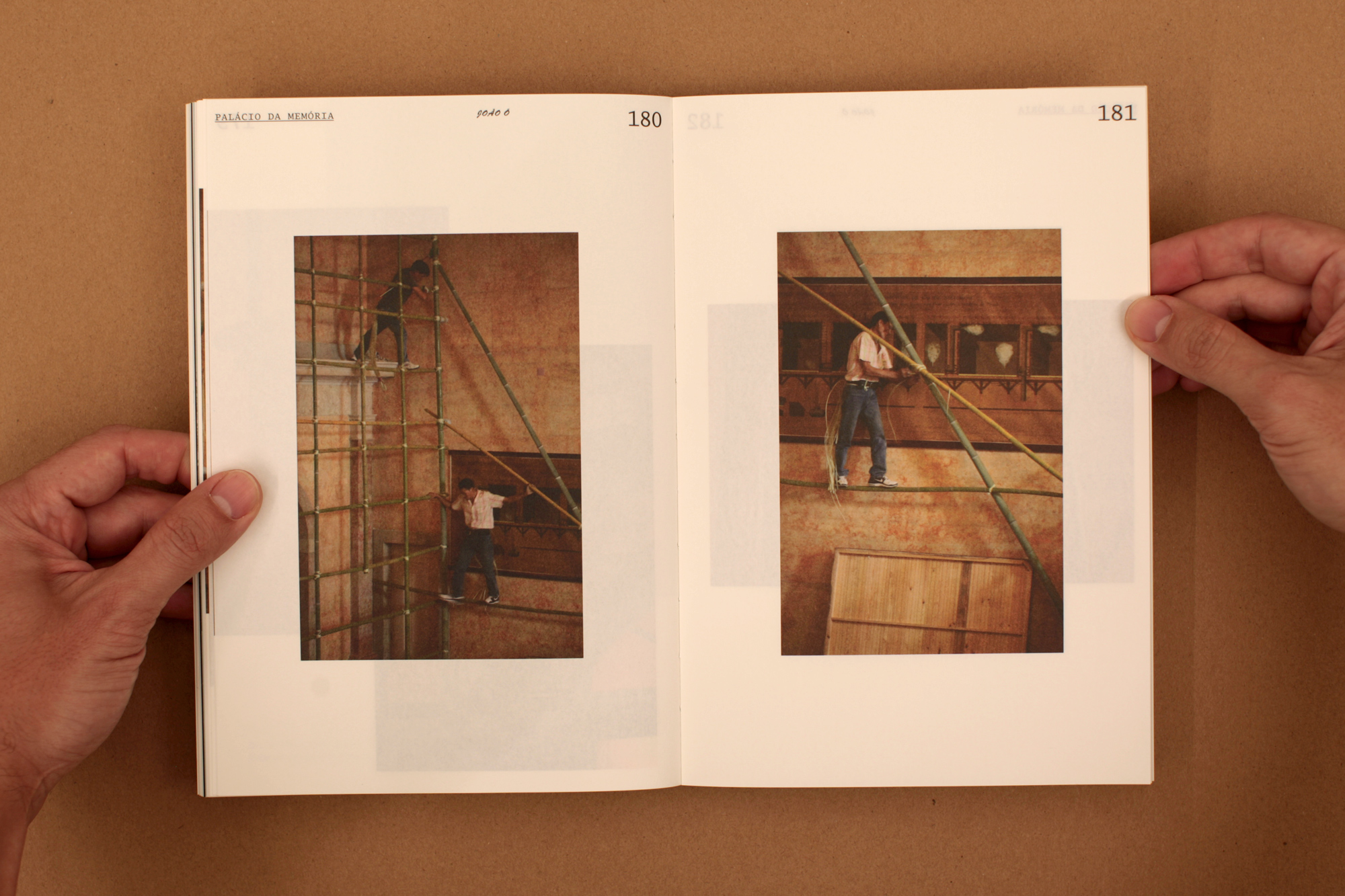Memory Palace : book design by Marco Balesteros
“Memory,” wrote the French philosopher Henri Bergson, “is just the intersection of mind and matter.” This insight in central to the ideas behind Memory Palace, which takes inspiration from the life of the 16th century Jesuit missionary Matteo Ricci. Born in the rough-and-tumble Italian town of Macerata, Ricci travelled to Macau in 1582, where he was one of the first Europeans to learn Chinese in a serious and methodical way. Ricci used his cartographical expertise to draw the first Western-style map of the world in Chinese – an influential document that upended a number of established Chinese notions of world geography.
Ricci was one of the world’s first cosmopolitans, a medium for European and Chinese cultural exchange in an era when no such exchange was innocent – China’s Ming Dynasty rulers viewed foreigners as inherently treacherous and European missionaries and traders saw China as a bounty to be exploited. Though Ricci’s ostensible goal was to convert the Chinese to Catholicism, his pursuits were as intellectual as they were evangelical. One of his most distinctive assets was a ancient mnemonic device known as a “memory palace,” in which specific knowledge could be recalled by imagining it in physical form in a specific place.
Ricci was one of the world’s first cosmopolitans, a medium for European and Chinese cultural exchange in an era when no such exchange was innocent – China’s Ming Dynasty rulers viewed foreigners as inherently treacherous and European missionaries and traders saw China as a bounty to be exploited. Though Ricci’s ostensible goal was to convert the Chinese to Catholicism, his pursuits were as intellectual as they were evangelical. One of his most distinctive assets was a ancient mnemonic device known as a “memory palace,” in which specific knowledge could be recalled by imagining it in physical form in a specific place.
João Ó has literally built a memory palace in the National Museum of Natural History and Science, recreating Ricci’s techniques both in wayfinding symbols and in three large-scale installations that draw from some aspect of Ricci’s life. In the entrance hall, we encounter a bamboo labyrinth, entitled A Farmer Holding a Sickle at Hand, Ready to Cut the Crops in the Field, whose meaning is revealed only from inspection both close and far – the forest for the trees, so to speak. Stepping into the amphitheatre, on the left side of the entrance hall, we see a billboard-like luminous panel. Fluorescent tubes display the sentence, “There is no understanding without images," which is the translation of the Latin phrase, Non est intelligere sine phantasmate, itself a direct acknowledgement of the relation between mind and matter. Finally, on the right side of the entrance hall, as we pass into a square-shaped room with a skylight, we find the Model for the Impossible Black Tulip, a spinning sculpture made of one infinitely looping bamboo rod. It draws its name from the moniker given to Ricci’s first Chinese map of the world.
There is a lot of meaning to unpack in Memory Palace. More than four centuries have passed since Ricci first landed in China, yet his experiences remain especially relevant as we continue to negotiate the cultural, economic and political fault lines of globalization. There are some remarkable parallels between the situation of 16th century Macau, which the historian Jonathan Spence notes was perceived by imperial Chinese authorities as a base of foreign subversion, and the tenuous and contradictory “One Country, Two Systems” arrangement that governs present-day Macau and Hong Kong. One country, two memories: the current conflict between the authoritarian regime of Xi Jinping and liberal democrats stems as much from differing conceptions of history as it does from ideology.
There is a lot of meaning to unpack in Memory Palace. More than four centuries have passed since Ricci first landed in China, yet his experiences remain especially relevant as we continue to negotiate the cultural, economic and political fault lines of globalization. There are some remarkable parallels between the situation of 16th century Macau, which the historian Jonathan Spence notes was perceived by imperial Chinese authorities as a base of foreign subversion, and the tenuous and contradictory “One Country, Two Systems” arrangement that governs present-day Macau and Hong Kong. One country, two memories: the current conflict between the authoritarian regime of Xi Jinping and liberal democrats stems as much from differing conceptions of history as it does from ideology.
Title
Memory Palace - A Project by Joao O
(Palácio da Memória - Um Projecto de João Ó)
Essays
Prof. José Pedro Sousa Dias
José Marmeleira
Dr. Liu Jingjing
Christopher DeWolf
Robin Peckham
Natxo Checa
Rui Cascais Parada
Treatise
On Friendship: One Hundred Maxims for a Chinese Prince
Matteo Ricci, 1595
Translation
Prompt Editorial Services
Ana Bigotte Vieira
Rui Cascais Parada
Columbia University Press
Proofread
Pedro Cerejo
Marta Furtado
Photography
Cláudio Balas
Impromptu Projects
Editor
Joao O
Natxo Checa
Graphic Design
Marco Balesteros
Letra
Publisher
Impromptu Projects
Galeria Zé dos Bois
Printing
Gráfica Maiadouro (Porto, Portugal)
Sponsor
Cultural Affairs Bureau
Casa de Portugal em Macau
Specifications
Size | 170mm (width) x 240mm (height)
Pages | 336
Print-run | 600 copies
Finish | Softcover binding | Dust cover, cromolux 700 (high gloss 1 face) 80grs | Cover, keycolor original aubergine 300grs | Inside, munken pure rough 100grs, novatech gloss 115grs
Language | Portuguese (suplement book with English and Chinese translated texts)
Edition | September 2016
ISBN 978-99965-914-1-9
Legal Deposit 416034/16
Price
MOP$ 550.00 (Patacas)
Download PDF (extract)
For Sales
Contact publisher ([email protected])
Zé dos Bois bookstore (shop)
Livraria A+A (online purchase)
Técnica Livraria (online purchase)
Museu Nacional de História Natural e da Ciência da Universidade de Lisboa (shop)
Livraria Portuguesa de Macau (shop)
Instituto Internacional de Macau (online purchase)
Memory Palace - A Project by Joao O
(Palácio da Memória - Um Projecto de João Ó)
Essays
Prof. José Pedro Sousa Dias
José Marmeleira
Dr. Liu Jingjing
Christopher DeWolf
Robin Peckham
Natxo Checa
Rui Cascais Parada
Treatise
On Friendship: One Hundred Maxims for a Chinese Prince
Matteo Ricci, 1595
Translation
Prompt Editorial Services
Ana Bigotte Vieira
Rui Cascais Parada
Columbia University Press
Proofread
Pedro Cerejo
Marta Furtado
Photography
Cláudio Balas
Impromptu Projects
Editor
Joao O
Natxo Checa
Graphic Design
Marco Balesteros
Letra
Publisher
Impromptu Projects
Galeria Zé dos Bois
Printing
Gráfica Maiadouro (Porto, Portugal)
Sponsor
Cultural Affairs Bureau
Casa de Portugal em Macau
Specifications
Size | 170mm (width) x 240mm (height)
Pages | 336
Print-run | 600 copies
Finish | Softcover binding | Dust cover, cromolux 700 (high gloss 1 face) 80grs | Cover, keycolor original aubergine 300grs | Inside, munken pure rough 100grs, novatech gloss 115grs
Language | Portuguese (suplement book with English and Chinese translated texts)
Edition | September 2016
ISBN 978-99965-914-1-9
Legal Deposit 416034/16
Price
MOP$ 550.00 (Patacas)
Download PDF (extract)
For Sales
Contact publisher ([email protected])
Zé dos Bois bookstore (shop)
Livraria A+A (online purchase)
Técnica Livraria (online purchase)
Museu Nacional de História Natural e da Ciência da Universidade de Lisboa (shop)
Livraria Portuguesa de Macau (shop)
Instituto Internacional de Macau (online purchase)

